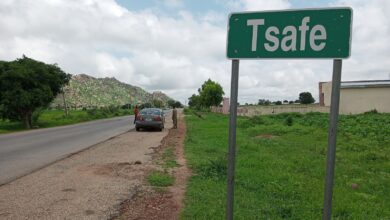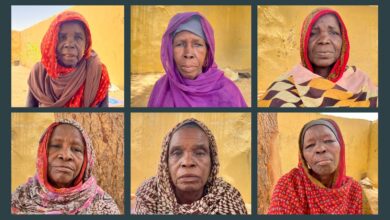Nigerian Hydrological Agency Warns Of More Floods, Food Scarcity

Nigeria’s Hydrological Services Agency (NIHSA) on Thursday warned states adjoining the River Niger to brace for massive floods due to the steady increase in the volume of water in upstream Niamey, Niger Republic.
The agency was notified on Wednesday by the Regional Niger Basin Authority that the River Niger flood level in Niamey attained an unprecedented level of 7.02m.
The Director-General of the agency, Engr. Clement Onyeaso Nze, subsequently issued a flood advisory and warning in Nigeria’s capital city, Abuja.
Kebbi, Niger, Kwara, Kogi, Anambra, Edo, Delta, Rivers and Bayelsa are expected to bear the brunt of the floods.
Nze also warned farmers to be prepared as more farmlands would be submerged by the floods, thereby posing a significant risk to the country’s food security.
“The rains are finally here, and the volume of flows on our rivers surge. River channels can no longer accommodate significant runoff as floodplains, which traditionally serve as the alluvial plains and are rich in agricultural productivity, lost their retention capacity to give way to flooding of adjacent lands,” he said.
Nze added, “The flood that ravaged Kebbi State, just about a week ago, left so much to be told. As we are aware, Kebbi State, which is the highest rice producing state in the country was overrun by river flooding from the Middle Niger. The flood disaster in Kebbi State poses a severe threat to the food security of our dear nation. Indeed, it is a major setback to food security.
“Kebbi State is not alone in this. Flood has washed away several farmlands in many states in the northern part of the country. As a matter of fact, all the states of the federation have suffered several degrees of flooding since June 2020. The danger is not yet over.”
Authorities in Kebbi State say about one billion naira worth of rice and other farm produce were destroyed when flood submerged thousands of hectares of farmlands.
Flooding is a reoccurring environmental disaster across Nigeria. In 2012, unprecedented flooding led to the displacement of 387,153 people, 363 deaths, and cost $16.9 billion to manage. In 2019, it caused 126 deaths and displaced over 48,000 people in 180 local government areas.
NIHSA flood outlook released in May stated that at least 102 local government areas in 28 states fall within the highly probable flood risk areas, while 275 local government areas in the 36 states and FCT were within moderately probable flood risk areas.
Support Our Journalism
There are millions of ordinary people affected by conflict in Africa whose stories are missing in the mainstream media. HumAngle is determined to tell those challenging and under-reported stories, hoping that the people impacted by these conflicts will find the safety and security they deserve.
To ensure that we continue to provide public service coverage, we have a small favour to ask you. We want you to be part of our journalistic endeavour by contributing a token to us.
Your donation will further promote a robust, free, and independent media.
Donate Here




